Vaglio Basilicata is an ancient town located in the northern part of the province of Potenza that can boast a thousand-year lineage in a land rich in history, culture and tradition.
Vaglio Basilicata traces its origins back to Neolithic-age finds in the Serra di Vaglio locality where there is an archaeological area of great importance, especially for the period called Lucanian Age between the 7th and 6th centuries BC.
Very rich in evidence also is the Classical Age present in the locality Rossano di Vaglio were found ancient shields and weapons dating back to the third century BC attributable to the soldiers of Magna Graecia. Here there is a place of unquestionable historical importance as the Sanctuary of the goddess Mefitis ancient deity worshipped by the Lucanians and Samnites damage before the arrival of the Romans who incorporated the cult of the goddess into their divine pantheon.
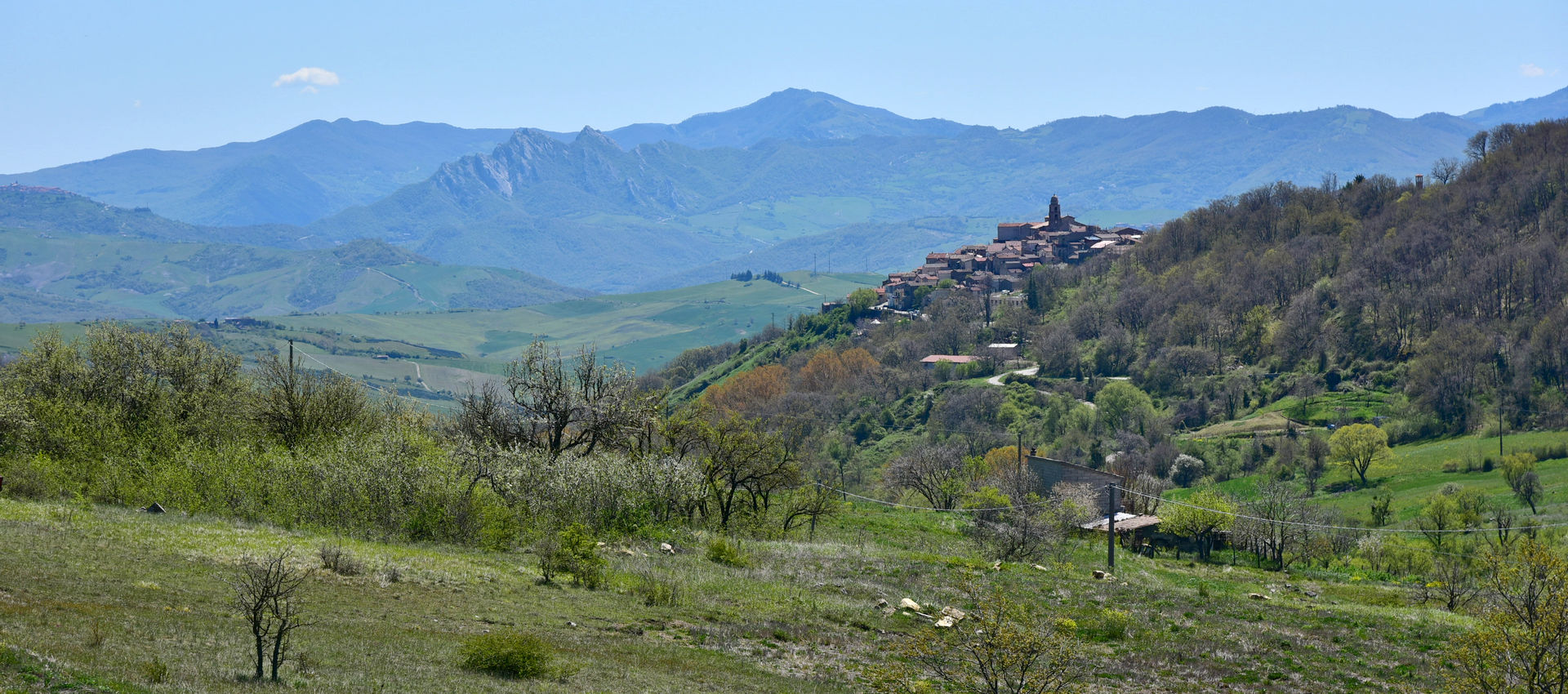
Vaglio Basilicata

Archaeological areas
In Serra di Vaglio, about 4 km from the town, the remains of an indigenous settlement dating from a period between the 10th and 3rd centuries BC have been found. Here, in addition to foundations of ancient dwellings, a fortification built with dry-stone blocks and about 7 km long (6th cent. B.C.) is visible, while in the area further downstream a number of burials belonging to nobles and warriors have been found, as evidenced by fibulae, jewelry and women’s hairstyles as well as armor the horse trappings.A little further north of Vaglio, in the locality of Macchia di Rossano, a monumental sacral complex from the 4th century B.C. dedicated to the goddess Mefitis was found. In this temple, in addition to religious practices, functions of a political-social nature were held, which affected many indigenous peoples of the area.
Most of the excavations in Serra di Vaglio and Rossano began only around the middle of the last century, and in the opinion of experts, it seems that much is still to be discovered. Vaglio is certainly one of the most important Lucanian centers from an archaeological point of view, and many scholars (including foreigners) are interested in this cultural heritage that, even more than in our region, the world.
History
Vaglio Basilicata in the Middle Ages was an ancient feud belonging to different lords who took turns in power since 1200 after the ancient settlement was destroyed by the Angevins. Even today Vaglio retains much of its ancient spontaneous architecture.The Mother Church, dedicated to St. Peter, is of 16th-century layout and preserves in its interior works such as the Madonna of the Rosary (1582) and the Holy Family (1580) by the artist Antonio Stabile. Behind the High Altar is an interesting carving at the bottom of which is a nativity by De Laurentis dating from the first three years of the 1600s.
The former Convent of St. Anthony Abbot with the adjoining single-nave church shows on the high altar a 17th-century sculpture of the saint and some 1600s canvases by Francesco Paterno and Attilio De Laurentis.
In its interior six altars as well as the pulpit, chancel and monastic grate stand out for polychromy. The main facade of the church and the 1636 portal are interesting.
The Church of San Donato is a small but graceful stone building built in 1553; it preserves in its interior a 16th-century statue of the saint and a carved altar from 1587.


 Home
Home IT
IT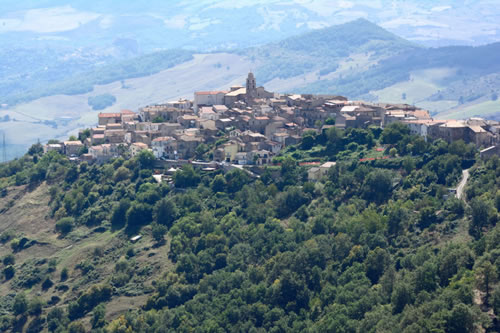
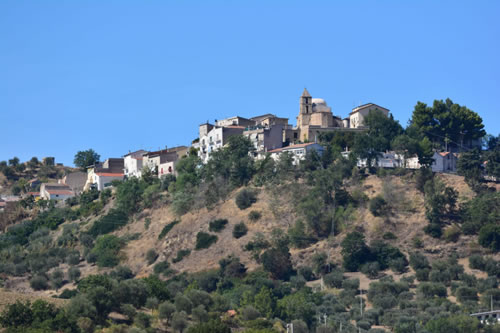
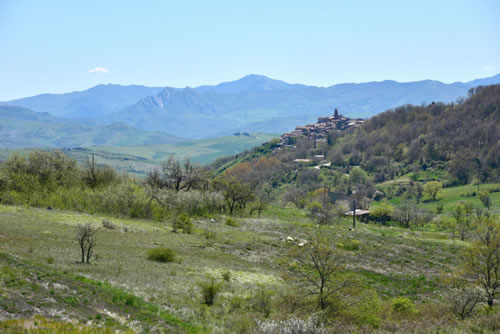
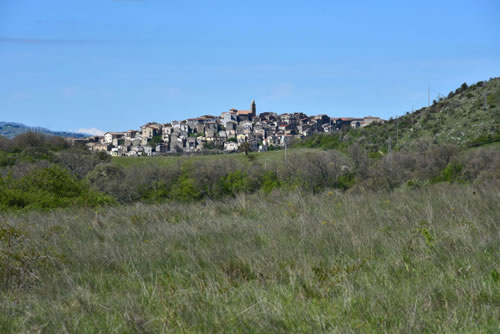
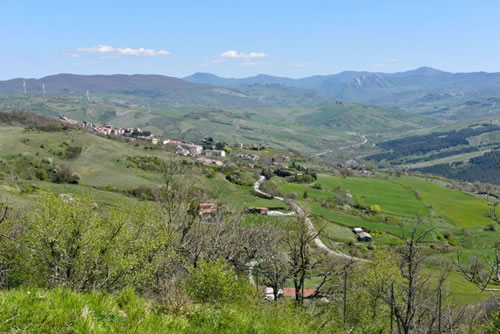
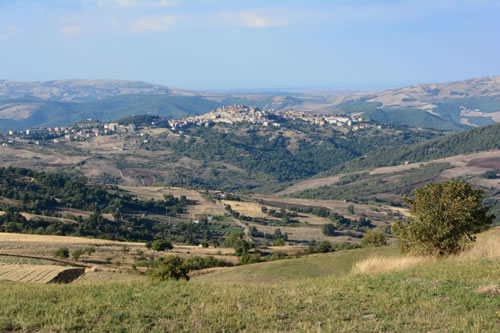
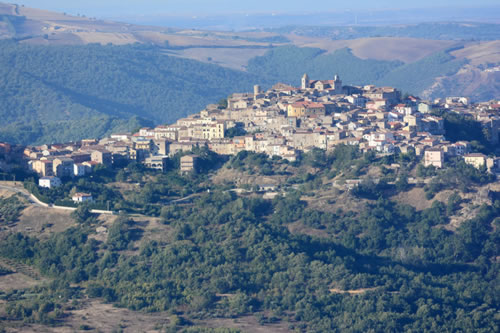
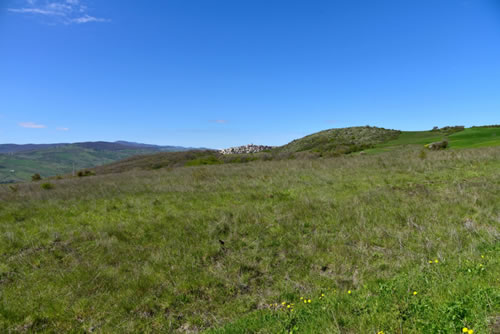
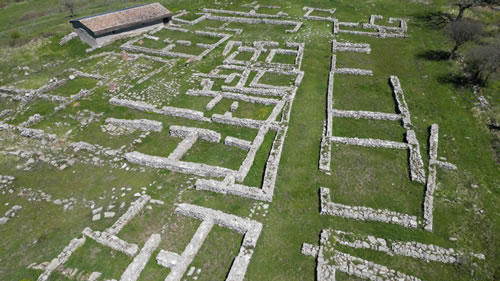
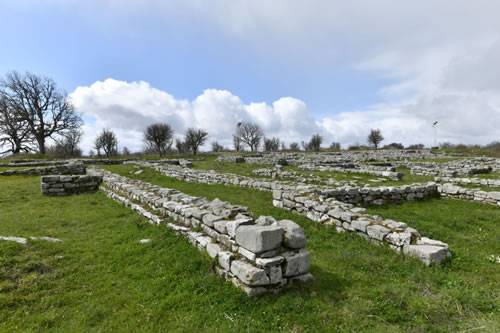
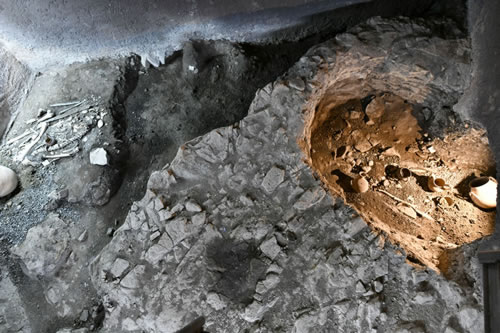
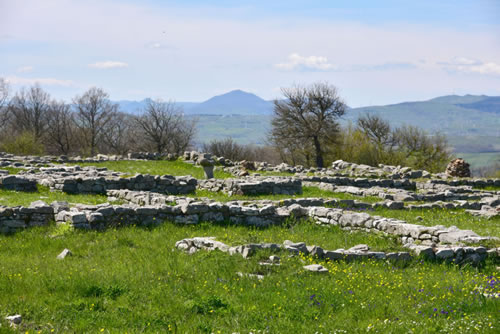
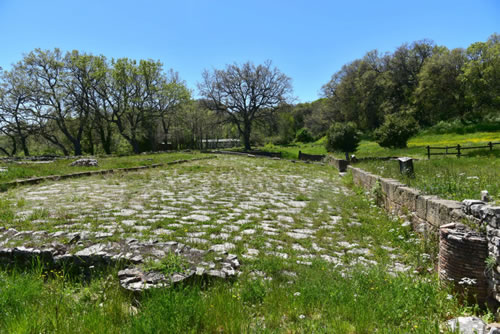
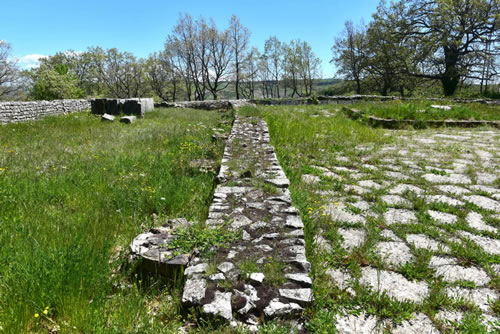
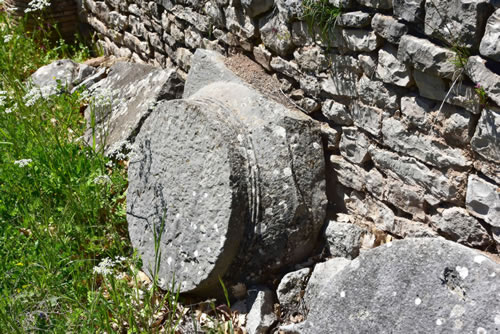
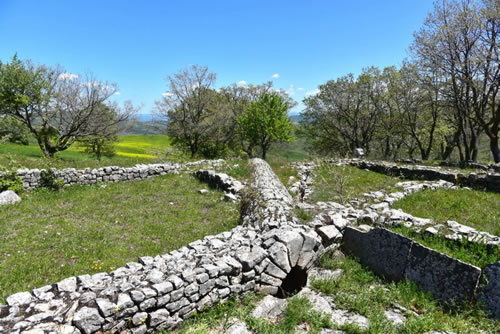


 Sito Italiano
Sito Italiano